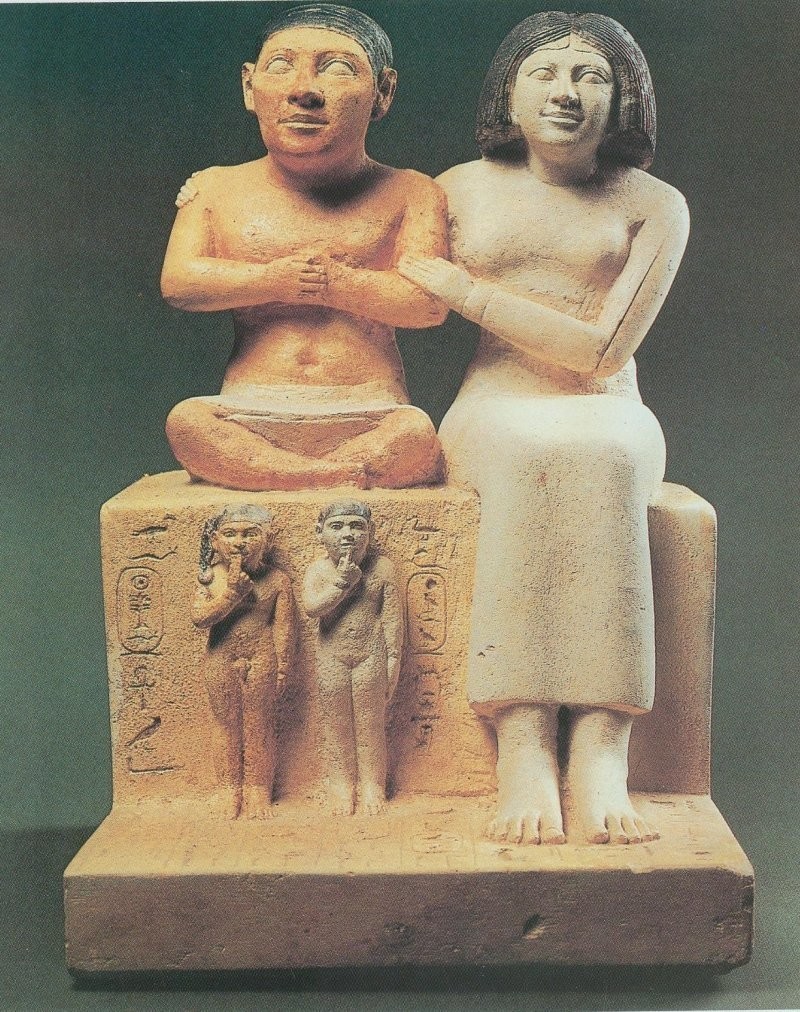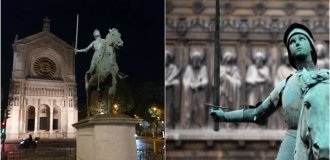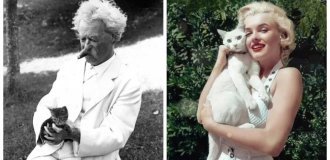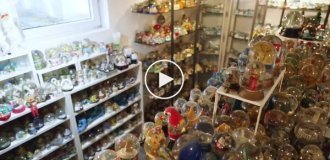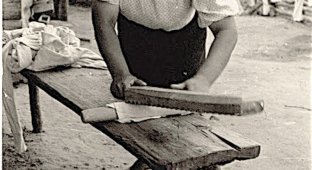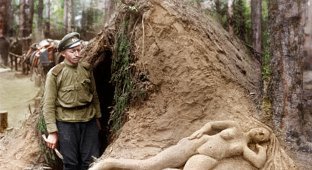Seneb - the majestic ancient Egyptian dwarf (9 photos)
It may seem that little people are only suitable for acting in films, playing all sorts of gnomes and elves. But reality proves that growth is far from the most important thing. And a dwarf can make such a dizzying career that a person of ordinary height cannot even dream of. 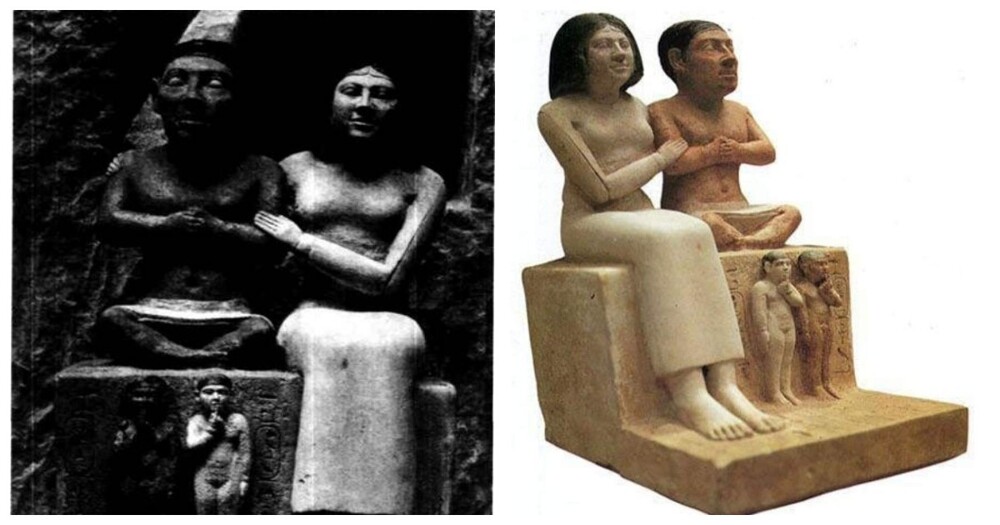
Seneb was a high-ranking official in ancient Egypt who lived around 2520 BC. He was a dwarf, but this did not stop him from achieving great success and building a truly breathtaking career. 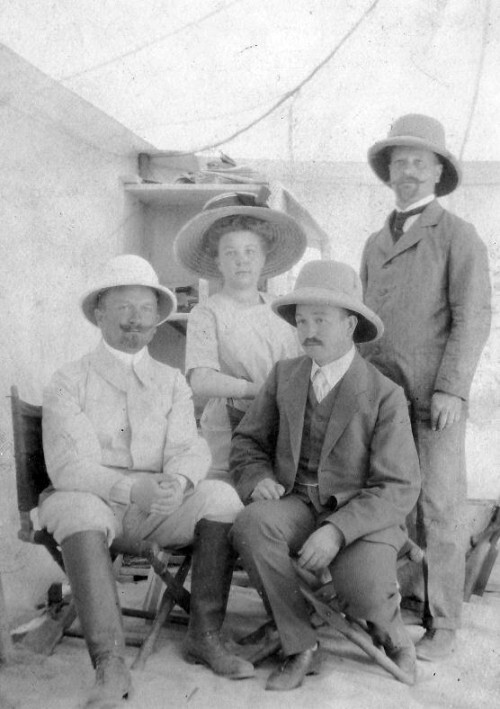
German Egyptologist Hermann Juncker (seated on the right)
He owned huge herds, had several palaces and religious titles, and was married to a high-ranking priestess, who bore him a son and two daughters.
Acceptance and inclusion of people with physical disabilities were valued in ancient Egyptian society in a way that was not the case in other cultures. And Seneb’s dizzying career serves as clear proof of this.
Seneb's tomb is located in the western cemetery of the Giza necropolis, near modern Cairo, and was rediscovered by the German archaeologist Hermann Juncker in 1926. 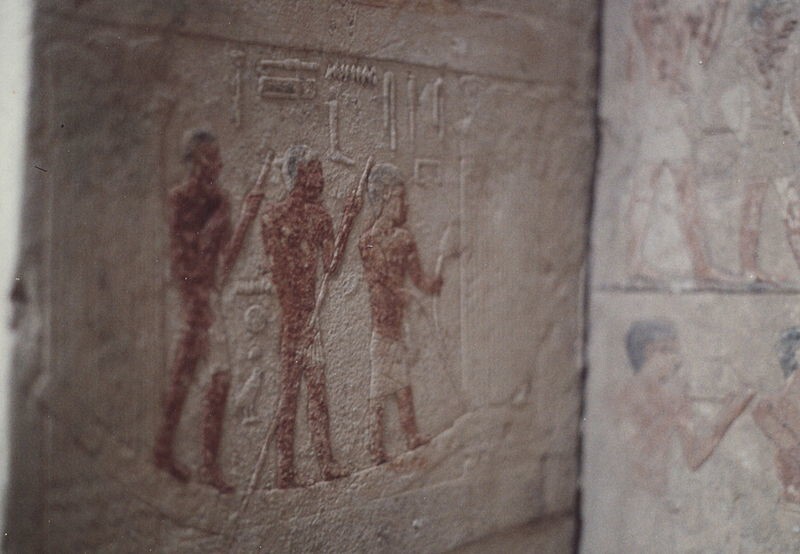
Seneb in a boat: image on a false door 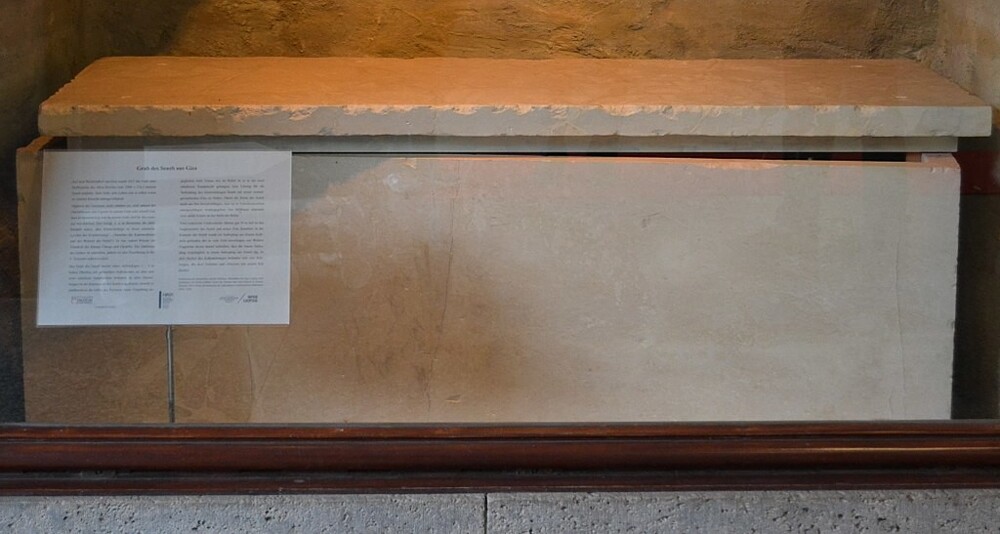
Restored sarcophagus of Seneb in the collection of the Egyptian Museum of the University of Leipzig
It is believed to date back to the reign of Djedefre (2528-2520 BC) and is located next to the tomb of another dwarf, Pernianhu. Who was probably Seneb's father.
Seneb's tomb was a mastaba, a brick structure with a flat roof, and was one of the first known attempts to construct a dome over a square chamber. 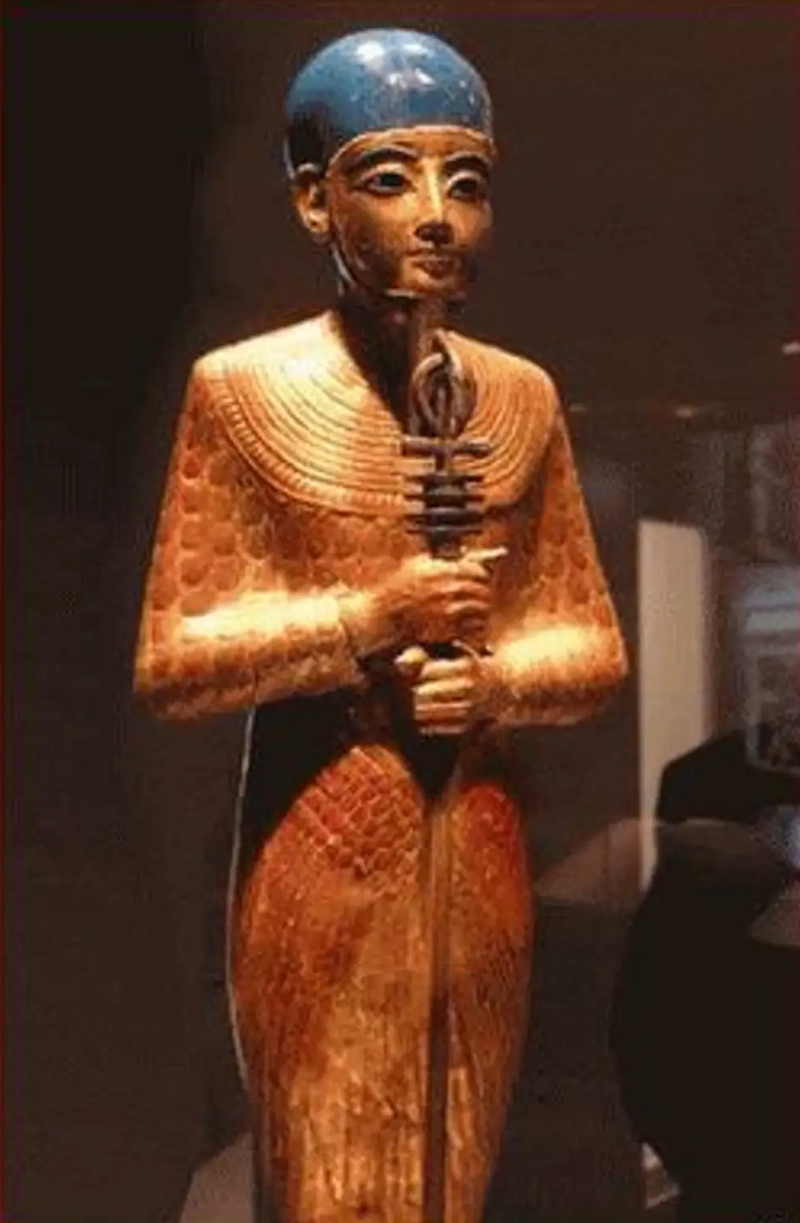
God Ptah
It contained two niches with a false door and cavities with stone chests in which stood three statues, including the famous painted limestone sculpture of Seneb and his family.
This sculpture is now part of the Egyptian Museum in Cairo and depicts Seneb and his wife sitting next to each other, as well as their children.
Seneb sits cross-legged on a block of stone, his wife hugs him, and their children stand below him where the legs of a full-length person would normally be located. The composition forms an almost harmonious symmetry. 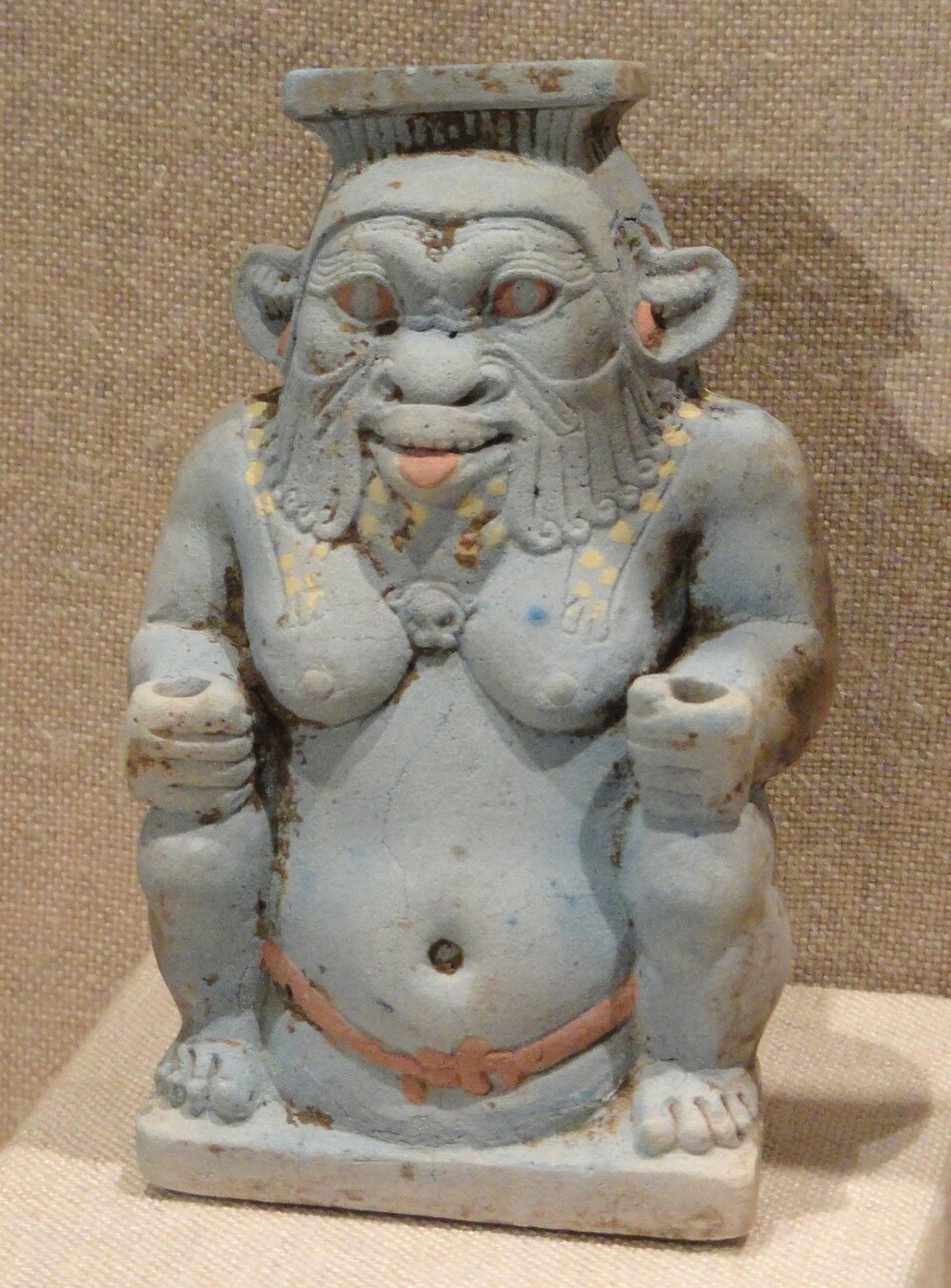
God Bes
The tomb, like most others in Giza, was plundered at one time. The bodies of Seneb and his wife, unfortunately, were not preserved. However, the sarcophagus of Seneb, weighing 1.5 tons, is included in the exhibition of the Egyptian Museum of the University of Leipzig.
In addition to the limestone sculpture, paintings and carvings in the tomb depict various scenes from Seneb's life, such as the survey of his possessions and the display of the symbols of his offices. There were a lot of them.
These paintings and carvings also realistically depict Seneb with the specific facial features and shortened limbs of a person with achondroplasia, a common form of dwarfism.
The name Seneb, which means “healthy,” may have been an attempt by the mother to protect a vulnerable child. What is noteworthy is that in the culture of the Egyptians there were two dwarf gods - Bes and Ptah, and many dwarfs held prestigious positions and after death were awarded a magnificent funeral and burial next to their royal overlords.
Sculpture of Seneb and his family 
The limestone sculpture of Seneb and his family is a famous example of ancient Egyptian art.
It depicts Seneb sitting cross-legged on a stone block, his wife hugging him, and their two children.
This creates harmonious symmetry in the composition. Seneb is depicted with folded hands in a pose characteristic of a scribe, and his wife is depicted with a slight smile on her face, indicating her contentment and happiness. 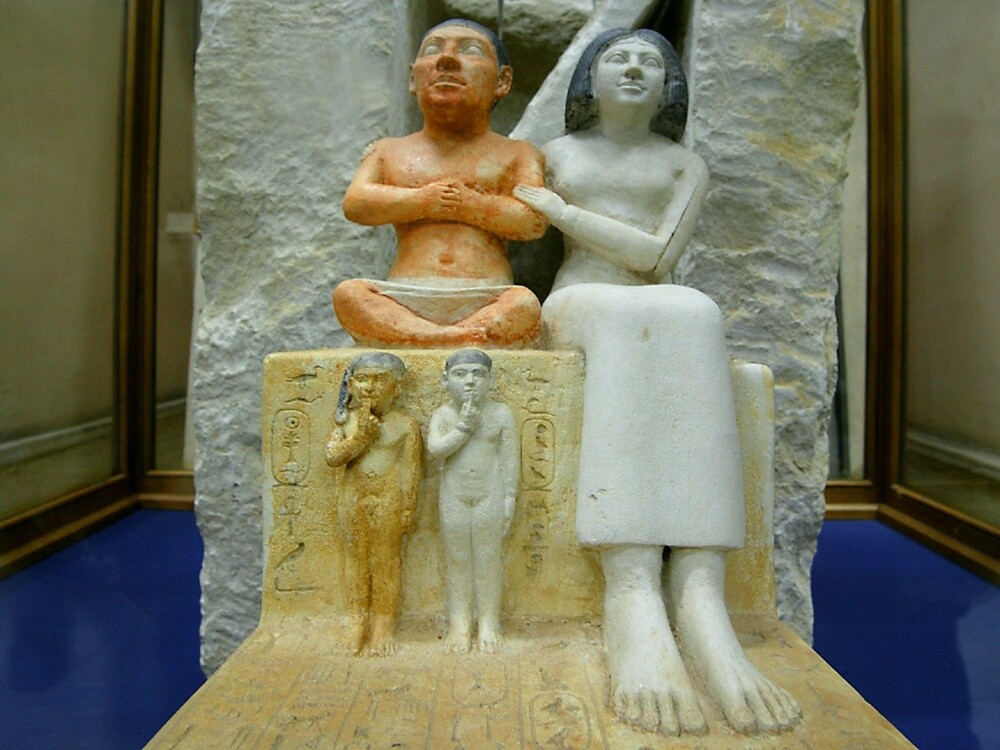
The boy and girl are depicted naked, with their index fingers in their mouths and a lock of hair falling to one side of their heads, indicating that they have not yet reached the age of puberty and have not acquired the right to an adult haircut.
Seneb and his son are depicted with darker skin color than his wife and daughter. This was a standard artistic device used to denote gender and status.
The children's names are recorded in the inscriptions on the sculpture, and they were named after Seneb's high-ranking patrons. They are depicted with normal proportions and have not inherited their father's dwarfism. 